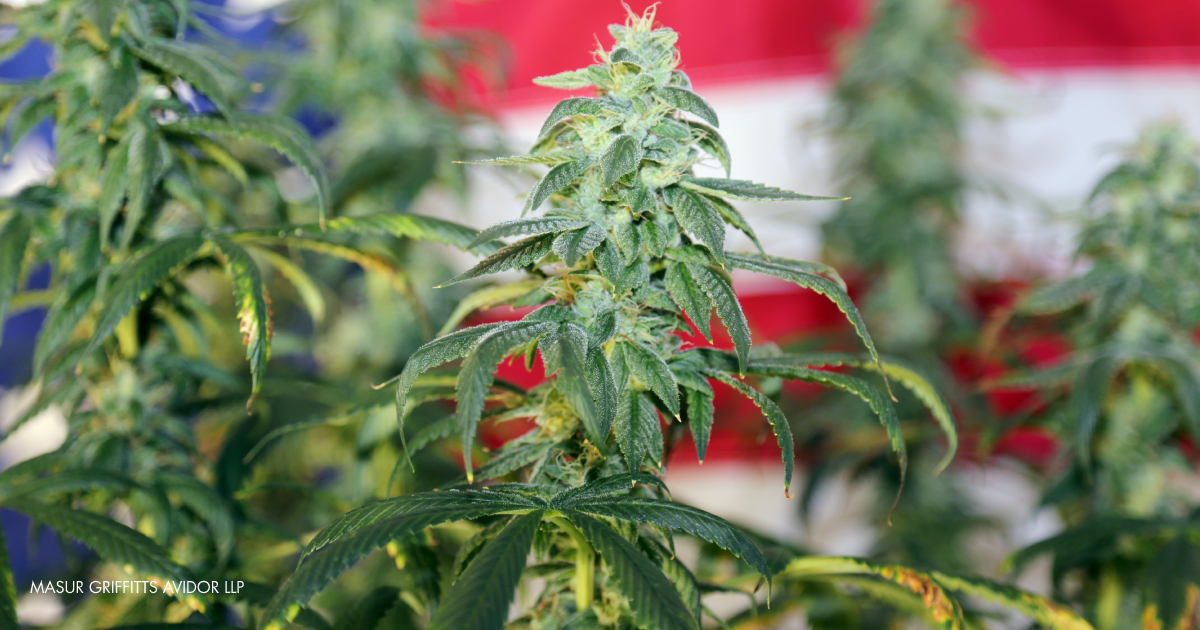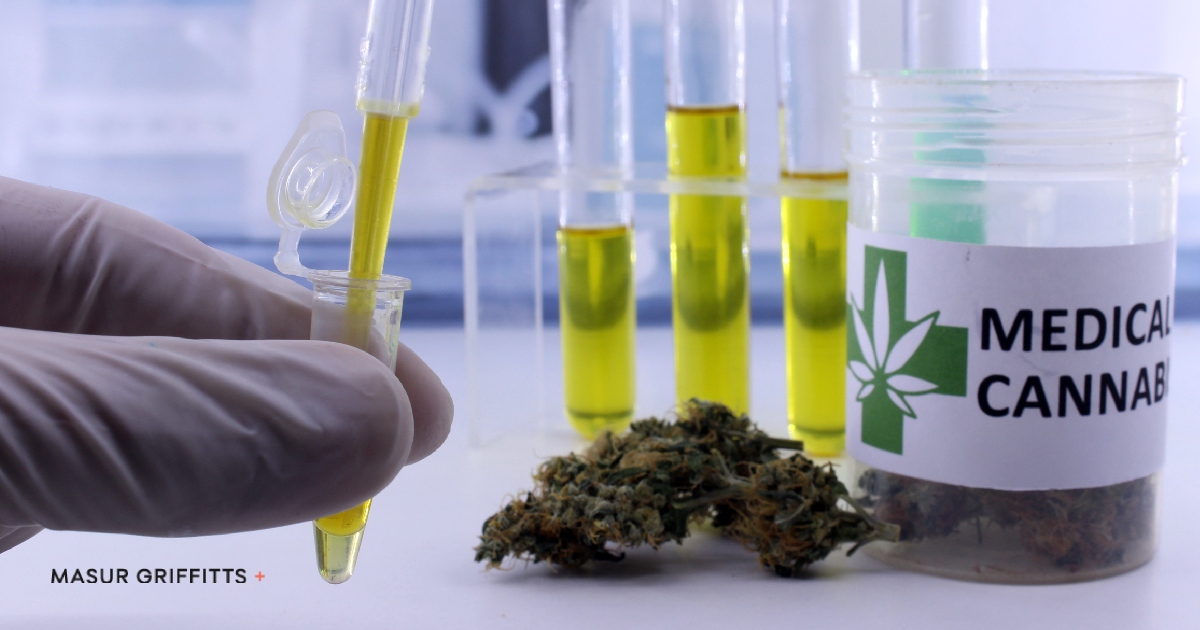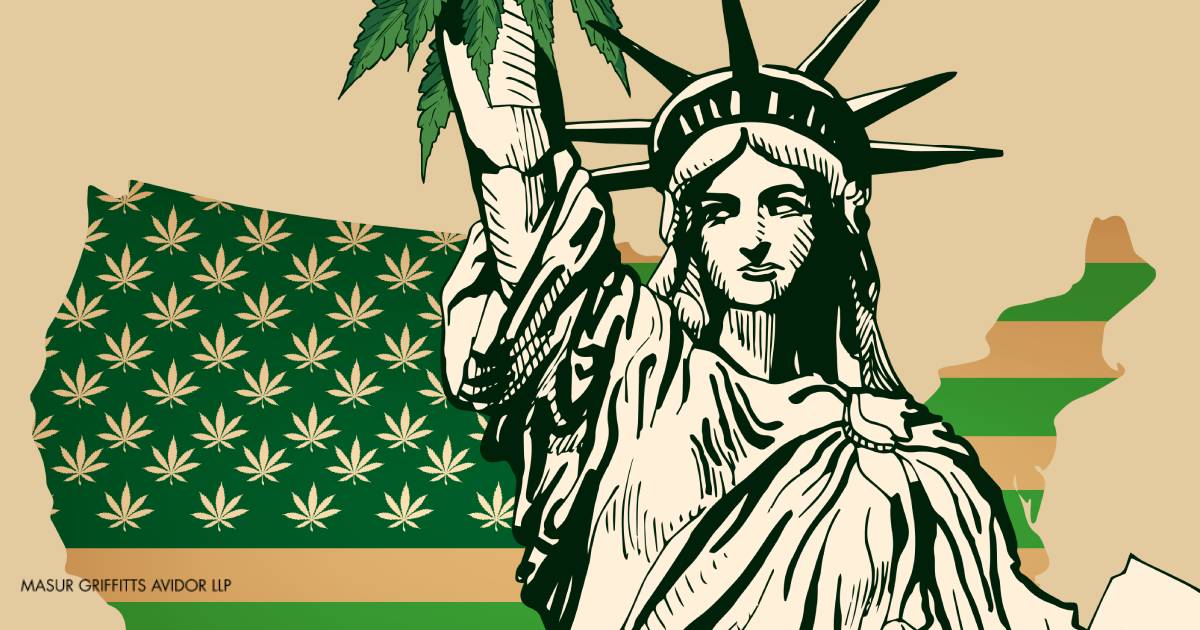History of Marijuana Treatment in the United States
By: Sarah Siegel and Danika Johnson
Marijuana use in the United States has been a topic of debate for decades. From being accepted to highly regulated and criminalized, marijuana use has gained significant importance and credibility in the modern age.
While the cannabis plant can be used for various reasons, for example, hemp for fabrics, the use of marijuana for the body dates to the 1850s. In the 1850s, marijuana was available in pharmacies for the medical treatment of nausea, pain, and other ailments. Marijuana was a popular ingredient used in medicines and tinctures. At the turn of the 19th century, government regulation of marijuana began. The Pure Food and Drug Act in 1906 made the labeling of any cannabis in over-the-counter remedies a requirement.
Only a few years after the passage of the Pure Food and Drug Act and as a result of the Mexican Revolution of 1910, the United States saw an influx of Mexican immigrants into the U.S. Mexican immigrants brought with them the marijuana plant and introduced recreational use, and by the 1930s, it became popular throughout the U.S. In 1913, California was the first state to outlaw cannabis, followed by Utah in 1914. Following the Alcohol Prohibition Era, marijuana was seen as the readily available and inexpensive alternative to alcohol, making it even more popular in America.
Since marijuana was used mostly in the Mexican and Black communities, marijuana became the next target for xenophobic fears. Massive unemployment increased public resentment and fear of Mexican immigrants. Journalists, newspapers, and the media all contributed to the negative treatment of marijuana in American culture at the time. By 1931, 29 states outlawed marijuana. The Federal Bureau of Narcotics Commissioner then started a propaganda campaign throughout the U.S. claiming that marijuana caused insanity, reckless and criminal behavior, and death. This effort was made to encourage the remaining states to adopt the Uniform State Narcotic Drug Act.
The adoption of the Uniform State Narcotic Drug Act was not enough. A national propaganda campaign against the “evil weed” pushed for the growing concern Americans had about marijuana. An example includes Reefer Madness, a 1936 film renamed “Tell Your Children,” which showcases a group of students committing crimes after smoking marijuana. The FBN Commissioner published in the American magazine, Marijuana, Assassin of Youth, to continue lobby efforts for the adoption of federal legislation. In 1937, the Marijuana Tax Act was passed by Congress, imposing federal taxes on transfers of the drug and requiring persons dealing in marijuana register their names and places of business with the IRS.
Not everyone in the United States gave in to the national propaganda campaigns. The New York Academy of Medicine issued the LaGuardia Committee Report in 1944, laying out the results of a five-year comprehensive study. They found that marijuana did not lead to the use of morphine, heroin, or cocaine, was not the determining factor in the commission of crime, and the overall publicity regarding its catastrophic effects was unfounded. By the 1950s through the 1960s and 1970s, attitudes towards cannabis use began to shift, increasing marijuana uses acceptance, especially among youth.
While American culture began to shift to acceptance, the federal government continued to criminalize marijuana. In 1970, the Controlled Substances Act was passed, labeling marijuana a Schedule I substance. This imposed many restrictions, some of which are still prevalent today. While states have moved towards legalizing or decriminalizing marijuana, and many individuals have created new businesses, federal legislation prevents those businesses from fully participating in the financial industry.
As states to continue to pass measures to legalize or decriminalize and remove harsh restrictions on marijuana, the hope is that the federal government will follow suit. Significant campaigns throughout the nation and general acceptance for its use will encourage federal legislation to decriminalize marijuana and allow this industry to expand and develop further.









